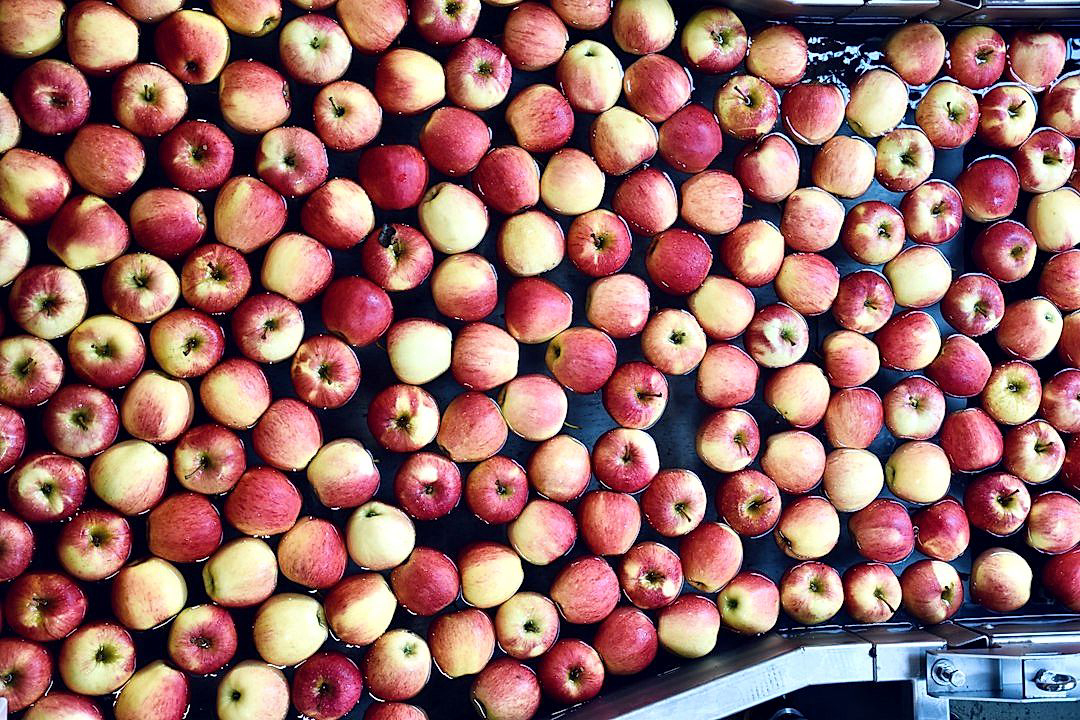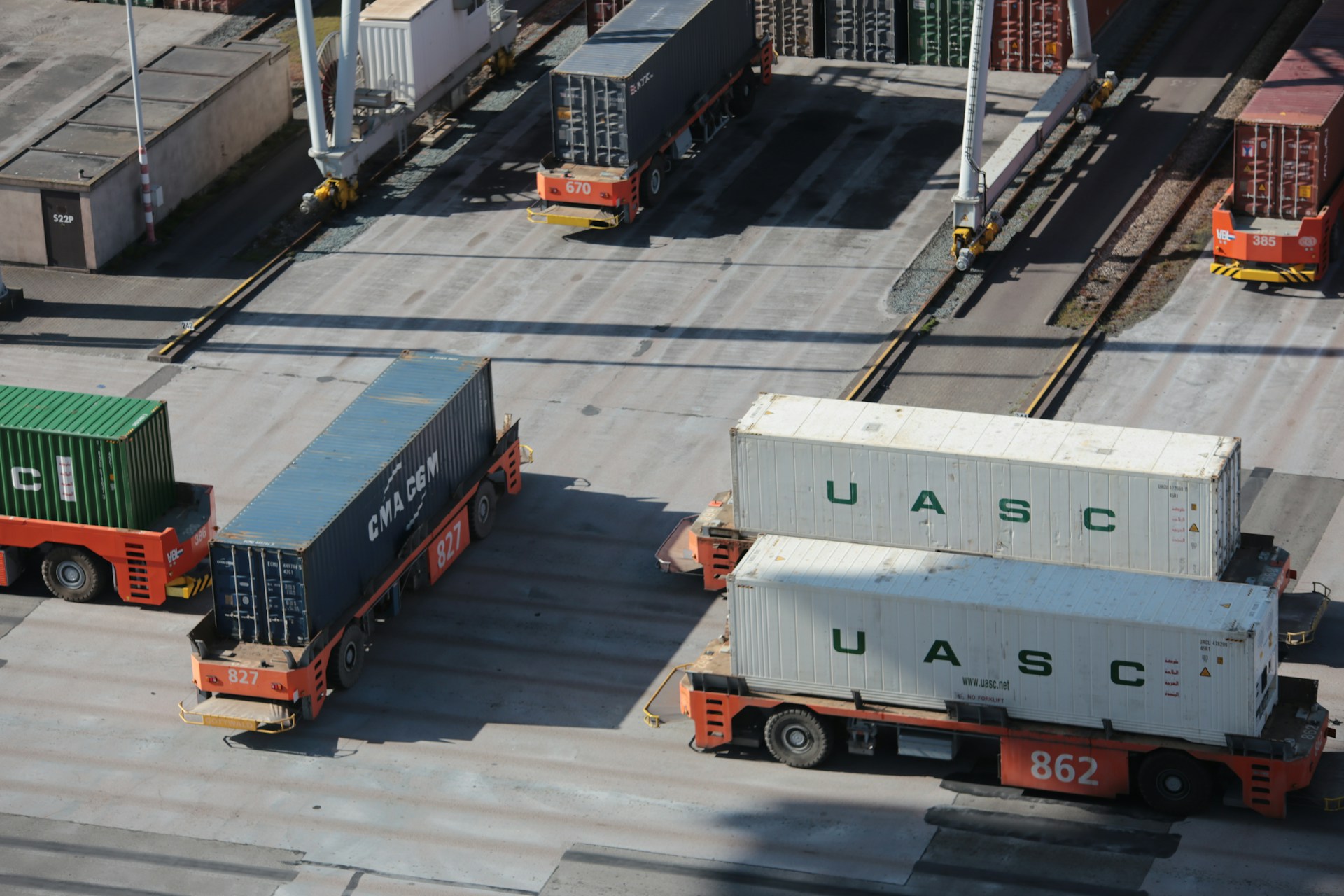The world of produce packaging logistics is always evolving, primarily driven by consumer demand, regulatory changes, and technology advancements.
This dynamic industry is seeing a transformative shift in its operations and methodologies.
Unveiling these significant trends is critical for businesses to stay competitive and consumer-focused.
Innovations of today hold the potential to redefine this arena tomorrow.
This blog aims to delve into emerging trends and discuss their substantial impact.
Understanding these shifts is not just about staying in-the-know but planning and implementing the right strategies for success.
Contents
Key Trends Reshaping Produce Packaging Logistics
1. Shift towards eco-friendly, sustainable packaging methods.
One key trend reshaping the logistics of produce packaging is the paradigm shift towards eco-friendly and sustainable packaging methods.
This move primarily stems from the increasing global awareness and concern about the worsening state of our environment due to excessive waste production.
Notably, traditional produce packaging materials such as styrofoam and plastic have long been recognized as significant culprits of environmental pollution, largely due to their non-biodegradable and energy-intensive production and disposal processes.
Consequentially, many players in the produce market are now exploring alternative packaging solutions that are not only more sustainable but also offer better performance.
Eco-friendly packaging methods hold promises to significantly reduce the environmental impact of the produce delivery chain, all while maintaining or improving the product quality and shelf life.
For instance, Packaging manufacturers are developing innovative materials such as biopolymers, mushroom-based packaging, or even edible films, which are designed to decompose naturally and harmlessly once discarded.
Moreover, such sustainable packaging materials also provide a higher level of insulation, thus significantly improving the products’ shelf life compared to traditional packaging methods.
Additionally, companies are significantly reducing the volume of material used in packaging, through strategies like minimalist packaging designs and lightweighting.
This trend offers a profound saving in both material use and transportation costs, while also maximizing storage efficiency and convenience for the consumer.
However, shifting to eco-friendly packaging methods is not without its challenges and obstacles.
One widely observed issue in the adoption of green packaging is the higher initial cost associated with the development and implementation of such methods.
Another critical concern is ensuring that new packaging materials can adequately protect and preserve the product during transit, given the sensitivity and perishability of fresh produce.
Nonetheless, despite these hurdles, the push towards sustainable packaging in the produce industry is unlikely to wane, given the rising consumer demand for environmentally friendly products and tighter regulatory enactments aiming to reduce environmental pollution.
As such, this industry-wide shift to eco-friendly, sustainable packaging is a deeply significant trend that is reshaping the paradigm of produce packaging logistics.
Ultimately, with the right alignment of innovation, regulation, and consumer behaviour, this shift towards sustainable packaging is poised to bring about not only environmental benefits, but also economic and societal gains, thereby redefining the future of produce packaging logistics in the process.
2. Increasing Integration of Smart, Traceable Technology
Within recent years, the produce packaging logistics industry has witnessed an unprecedented surge in the integration of smart, traceable technology.
While the incorporation of such innovative solutions may imply high initial outlay, it results in significant cost savings in the long run by eliminating inefficiencies and reducing product loss.
The adoption and integration of traceability technologies have become increasingly important for companies to ensure regulatory compliance and to meet the ever-growing consumer demands for transparency and responsibility.
One highly advanced technology that’s revolutionizing produce packaging logistics is the Internet of Things (IoT).
This technology is changing the game by allowing companies to trace the journey of their products from the farm to the consumer in real-time.
It enables real-time monitoring of the conditions in which the produce has been transported, including temperature, humidity, and shocks, thus ensuring optimum product quality.
Besides ensuring product quality, IoT also provides an opportunity to optimize the supply chain and reduce product loss by alerting companies about potential problems in real-time.
Another trend reshaping the produce packaging logistics industry is the adoption of RFID (Radio Frequency Identification) technology.
RFID tags, being capable of containing more information than traditional barcodes, can provide in-depth insights about the product, including the origin, transport conditions, and potential allergens.
With the help of RFID, businesses can access instant and accurate information about their products at any point in the supply chain, ensuring the traceability and transparency that modern consumers demand.
In addition, smart packaging incorporating QR codes or NFC (Near Field Communication) technology allows consumers to use their smartphones to access additional product information.
This not only improves customer experience but also allows companies to establish direct communication with their customers and provide further product-related recommendations.
Another key aspect of the technological shift in produce packaging logistics is the introduction of blockchain technology into the supply chain.
With the use of a decentralized system that cannot be altered or deleted, blockchain ensures an unprecedented level of security and traceability for the transfer of data and information.
Furthermore, advancements in AI and machine learning are helping companies make more informed decisions about their produce packaging logistics by analyzing vast amounts of data and predicting trends and patterns.
In short, the integration of smart, traceable technology is fundamentally reshaping the produce packaging logistics, providing efficiency, transparency, and reliability that were never attainable in the traditional methods.
3. Growth of Direct-To-Consumer Delivery Models
Over the last few years, there has been an exponential growth in the trend towards direct-to-consumer (DTC) delivery models in the produce packaging sector.
Businesses are increasingly recognizing the advantages of DTC delivery models over traditional supply chain methods.
One clear benefit is the ability to deliver fresh produce directly from the farm to the consumer’s doorstep, eliminating the need for intermediaries.
This not only ensures that the produce remains fresh and high quality, but also reduces the overall carbon footprint of the supply chain.
The significant reduction of food wastage is another advantage offered by the DTC delivery model.
Traditional retail models face a high risk of food waste during transportation and storage, whereas in DTC models, food is packed and delivered as and when orders are received, maintaining its freshness and minimizing waste.
Besides, DTC models offer greater transparency to consumers as it provides information about the origin of their food and how it was prepared.
This enhanced transparency can build brand trust and help businesses differentiate their products from the competition.
DTC delivery models are also becoming a critical tool to drive customer engagement.
By giving consumers the ability to directly interact with retailers, businesses can personalize the buying experience and foster loyalty.
DTC delivery models have emerged as an effective way to adapt to changes in consumer behaviour due to the COVID-19 pandemic.
The pandemic has made consumers more cautious about purchasing food from crowded marketplaces, leading to a surge in online grocery shopping.
This shift in consumer behaviour has created a significant opportunity for businesses to scale their DTC models, and offer safe and contactless delivery of fresh produce to the consumers.
Still, despite its many benefits, the DTC model also presents some unique challenges, including the need for efficient delivery logistics and maintaining freshness during transit.
However, with the rapid advancement in packaging technology, logistics, and cold chain infrastructure, these challenges can be effectively tackled.
In the future, the growth of DTC models, powered by advances in technology and evolving consumer preferences, are likely to reshape the landscape of the produce packaging logistics.
The Bottom Line
Emerging trends in the packaging industry signal widespread transformation towards more environmental and consumer-centric practices.
This transition is exemplified through the rise in eco-friendly, sustainable packaging methods, aiming to reduce harmful industrial footprints.
Moreover, the integration of smart, traceable technologies has dramatically revolutionized quality control, inventory management, and product tracking procedures.
In parallel, the growth in direct-to-consumer delivery models is reshaping traditional retail practices and offering more personalized customer experiences.
The paradigm shift in these three critical aspects suggests a future packaging industry oriented towards sustainability, digitization, and customer-focused approaches.
The pace set by these trends serves as a call-to-action for businesses to adapt and innovate or face obsolescence in the ever-evolving market landscape.




